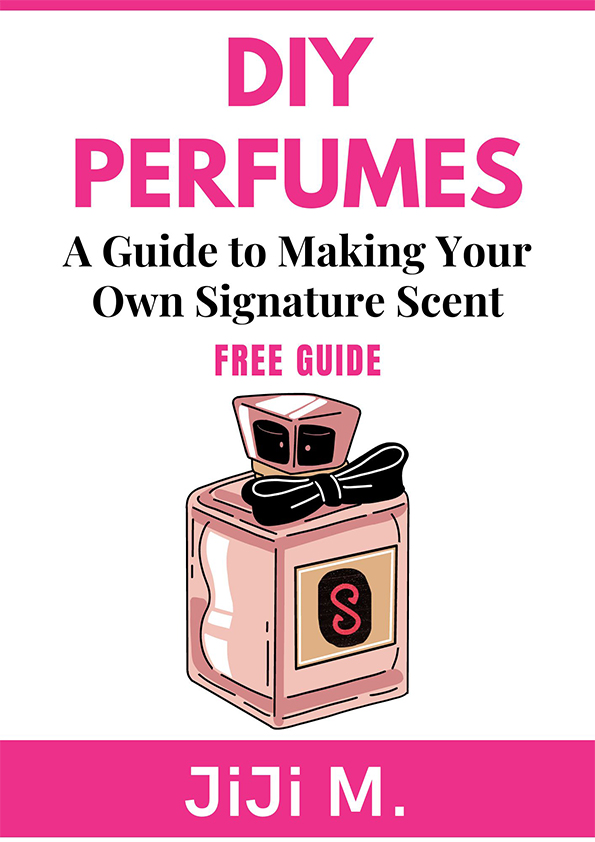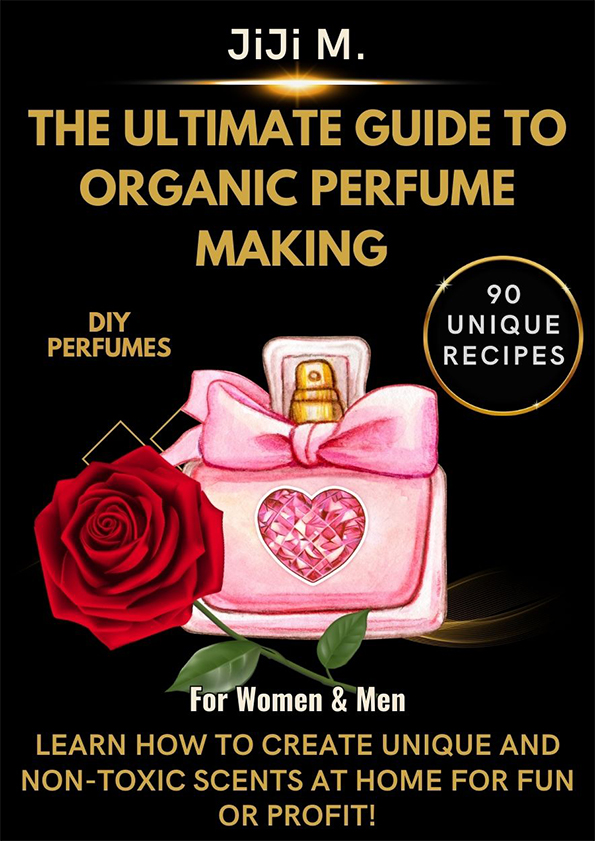Crafts & Hobbies, Free Guides
DIY Perfumes: A Guide to Making Your Own Signature Scent
Perfumes play a significant role in our daily routines. They help us smell good and feel confident. However, finding the perfect fragrance can be a daunting task, and sometimes it can be quite expensive. This is where DIY perfumes come in.
Making your own organic perfume is not only a fun and creative activity, but it can also save you a lot of money in the long run. Plus, it can be a lucrative business venture if you decide to sell your creations. In this guide, we will guide you through the process of making your own signature scent, whether it’s for personal use or to sell.
Ingredients and Equipment
Before you start making your perfume, you need to gather all the necessary ingredients and equipment. Here’s a list of the necessary products you’ll need:
- Carrier Oil: Carrier oil is an unscented oil that is used to dilute fragrance oils. Common carrier oils include jojoba oil, almond oil, and grapeseed oil.
- Fragrance Oils: Fragrance oils are the primary ingredients used in making perfumes. There are different types of fragrance oils, including essential oils and synthetic fragrance oils. Essential oils are derived from natural sources such as flowers, leaves, and fruits, while synthetic fragrance oils are created in a lab.
- Alcohol: Alcohol is used to help disperse the fragrance oils and make the scent last longer. You can use vodka or perfumer’s alcohol, which is a high-proof alcohol specifically designed for perfumery.
- Glass Dropper Bottles: Glass dropper bottles are used to store your perfume. They come in different sizes, but 10 ml and 30 ml bottles are the most common sizes.
- Mixing Tools: You’ll need mixing tools such as measuring cups, spoons, and a funnel to make the perfume.
- Labels: Don’t forget to label your perfume bottles with the name of the fragrance and the ingredients used.
Creating your signature scent
Now that you have all the necessary ingredients and equipment, it’s time to create your own signature scent. Here’s a step-by-step guide:
Step 1: Choose Your Fragrance Oils
The first step in making your perfume is choosing the fragrance oils you want to use. You can use a single fragrance oil or a combination of different oils to create a unique scent. Try out many combinations until you discover the best blend for you.
Step 2: Dilute the Fragrance Oils
Once you’ve chosen your fragrance oils, it’s time to dilute them with carrier oils. The ratio of carrier oil to fragrance oil depends on the strength of the fragrance oil you’re using. As a general rule, use a 10–20% fragrance oil to carrier oil ratio. For example, if you’re using 10 ml of carrier oil, add 1-2 ml of fragrance oil.
Step 3: Add alcohol
After you’ve diluted your fragrance oils with a carrier oil, it’s time to add the alcohol. The alcohol helps to disperse the fragrance oils and make the scent last longer. Add 70–80% alcohol to the fragrance oil and carrier oil mixture. Stir the mixture well.
Step 4: Let the mixture rest
After you’ve mixed the alcohol with the fragrance oil and carrier oil, let the mixture rest for 48–72 hours. This will allow the scents to develop and blend together.
Step 5: Test Your Perfume
Once the scent has developed, it’s time to test your perfume. Spray a small amount on your skin and let it dry. If you’re happy with the scent, then your perfume is ready. If you want to adjust the scent, add more fragrance oil.
or carrier oil as needed, and repeat the resting and testing process until you’re satisfied with the final result.
Step 6: Store and Label Your Perfume
Once you’ve created your perfect perfume, it’s time to store it in a glass dropper bottle and label it with the name of the fragrance and the ingredients used. It’s important to store your perfume in a cool, dark place to prevent it from spoiling.
Tips for Making Your Own Perfume
Here are a few tips to keep in mind when making your own perfume:
- Start with small batches: It’s best to start with small batches when experimenting with different fragrance oils and blends. This way, you won’t waste a lot of ingredients if you don’t like the final result.
- Experiment with different fragrance oils: Don’t be afraid to experiment with different fragrance oils and combinations to find your perfect scent.
- Use high-quality ingredients: Use high-quality carrier oils and fragrance oils to ensure that your perfume lasts longer and smells great.
- Be patient: Creating your own perfume takes time and patience. Allow the scent to develop and blend together by letting the mixture rest for 48–72 hours.
Have fun! Making your own perfume should be a fun and creative process. Don’t be afraid to try new blends and enjoy the process.
Selling your DIY perfumes
If you’ve created a signature scent that you’re proud of, you might want to consider selling your perfumes. Here are a few tips for starting a perfume-making business:
- Research the market: Do some research to see if there’s a demand for handmade perfumes in your area. Check out local markets and online shops to see what’s already available.
- Get your permits: Depending on where you live, you may need to obtain permits to sell your handmade perfumes.
- Brand your perfumes: Create a brand for your perfumes by giving them unique names and packaging.
- Price your perfumes: Determine the cost of your ingredients and time, and then set a price for your perfumes that will give you a profit.
- Market your perfumes: Use social media and online platforms to market your perfumes to potential customers.
Conclusion
DIY perfumes are a fun and creative way to make your own signature scent. By following the steps outlined in this guide, you can create a perfume that’s unique to you. Whether you’re making perfume for personal use or to sell, remember to experiment, be patient, and have fun.
The Ultimate Guide to Organic Perfume Making
DIY Perfumes: A Guide to Making Your Own Signature Scent



Pingback: Best Natural Recipes for Faster Hair Growth